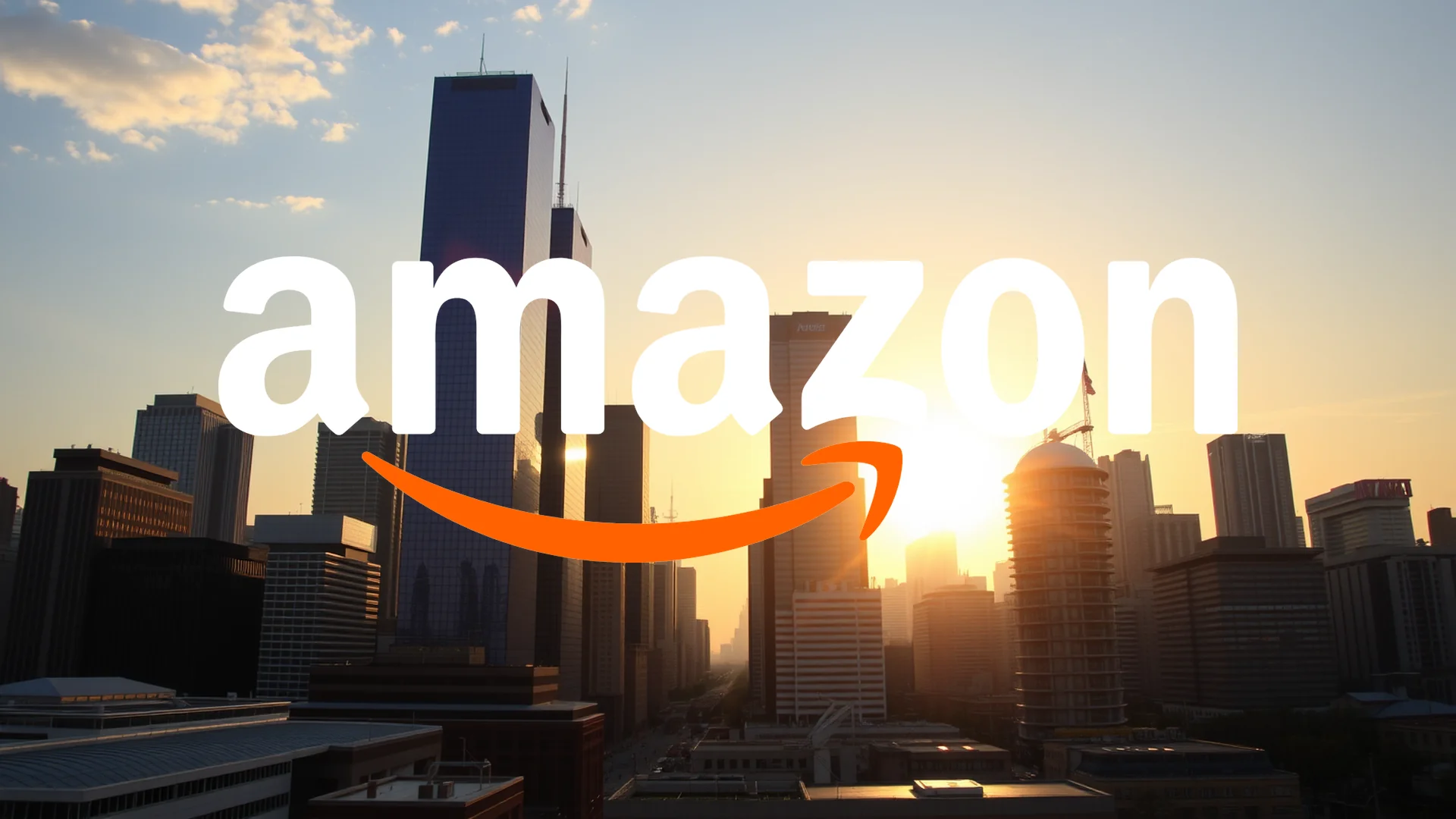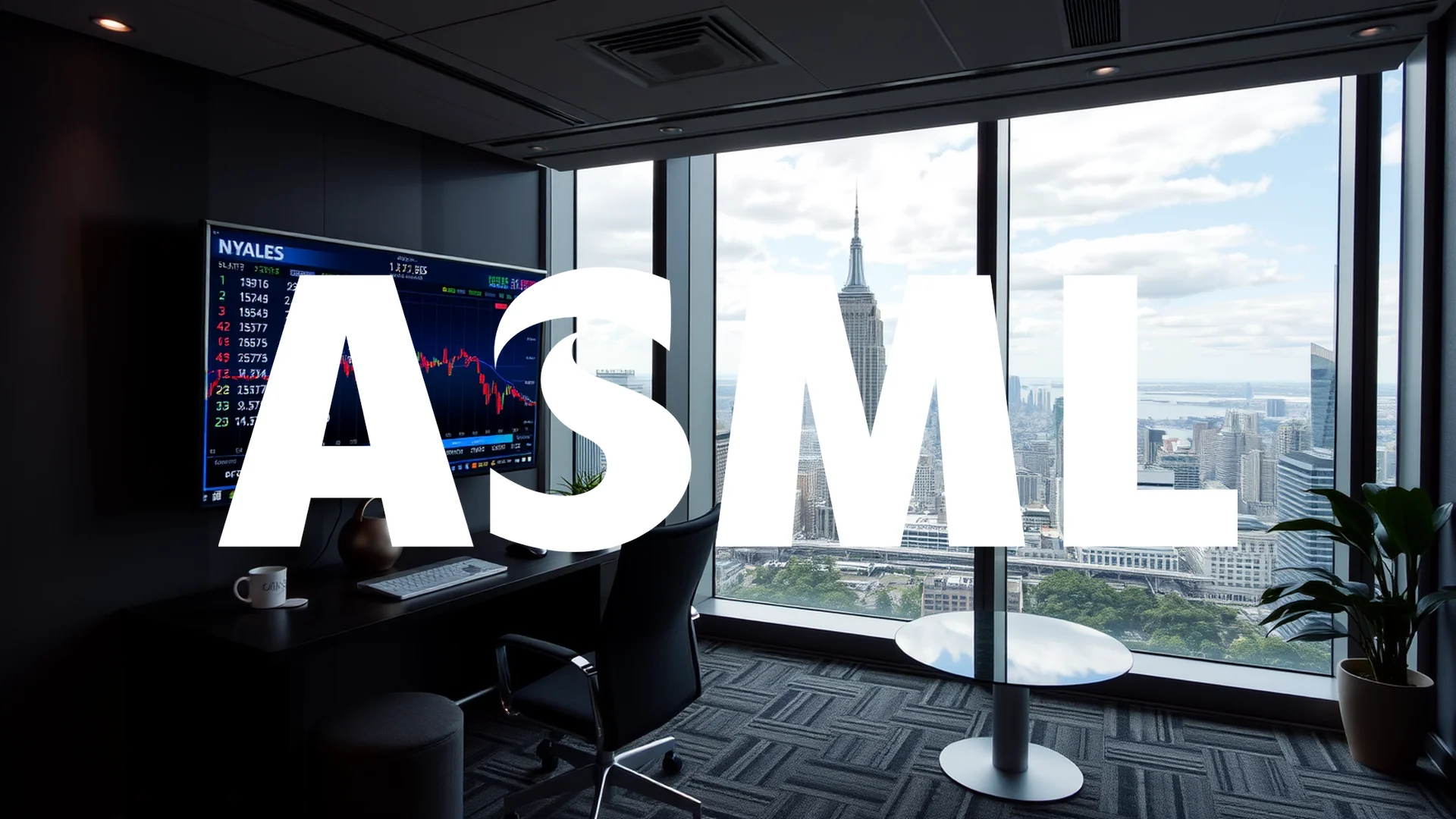The specter of renewed trade conflicts is rattling markets, with Amazon experiencing significant fallout. Former President Donald Trump’s renewed threats of heightened tariffs on Chinese goods have triggered investor anxiety, particularly for the Seattle-based e-commerce giant whose supply chain remains deeply connected to Chinese manufacturers. Could Amazon emerge as the primary casualty in this latest chapter of trade disputes?
Market Reaction and Supply Chain Vulnerabilities
Amazon’s stock declined approximately 4% following the tariff announcements, marking one of its most substantial single-day losses in recent months. This sharp downturn reflects investor concerns about the company’s extensive reliance on Chinese suppliers. More than half of all products sold through Amazon’s marketplace originate from Chinese manufacturers, positioning the company for potential cost structure impacts if broader tariffs materialize.
Market experts suggest increased import duties could directly affect Amazon’s retail operations and profit margins. The company’s extensive marketplace ecosystem, which depends heavily on affordable Chinese-manufactured goods, faces potential disruption from sustained trade tensions.
Cloud Division and International Operations at Risk
Beyond its core retail business, Amazon Web Services (AWS)—the corporation’s primary profit generator—also confronts challenges from potential tariff expansions. The cloud computing division relies on hardware components that would become more expensive under expanded import duties, potentially affecting the profitability of Amazon’s most significant operating income contributor.
Should investors sell immediately? Or is it worth buying Amazon?
The company’s international segment presents additional concerns. After years of substantial investment, Amazon’s overseas operations have only recently approached profitability. Renewed trade conflicts threaten to undermine this progress, complicating the company’s global expansion strategy.
Diversification Efforts May Provide Limited Protection
In response to earlier trade tensions, Amazon has actively worked to broaden its supplier network. The company has invested in logistics infrastructure and developed manufacturing relationships in alternative markets including India, Vietnam, and Mexico—initiatives designed to reduce dependence on Chinese production.
Despite these strategic moves, Amazon’s enormous volume of marketplace goods continues to represent a vulnerability. Widespread tariff increases would likely translate to higher consumer prices across numerous product categories, potentially dampening customer demand and affecting overall marketplace activity.
The sheer scale of Amazon’s marketplace operations means that even with diversification efforts, the company remains exposed to disruptions in Sino-American trade relations. Investors will be monitoring how effectively Amazon can navigate these challenges while maintaining its competitive pricing and service delivery.
Ad
Amazon Stock: Buy or Sell?! New Amazon Analysis from November 26 delivers the answer:
The latest Amazon figures speak for themselves: Urgent action needed for Amazon investors. Is it worth buying or should you sell? Find out what to do now in the current free analysis from November 26.
Amazon: Buy or sell? Read more here...









